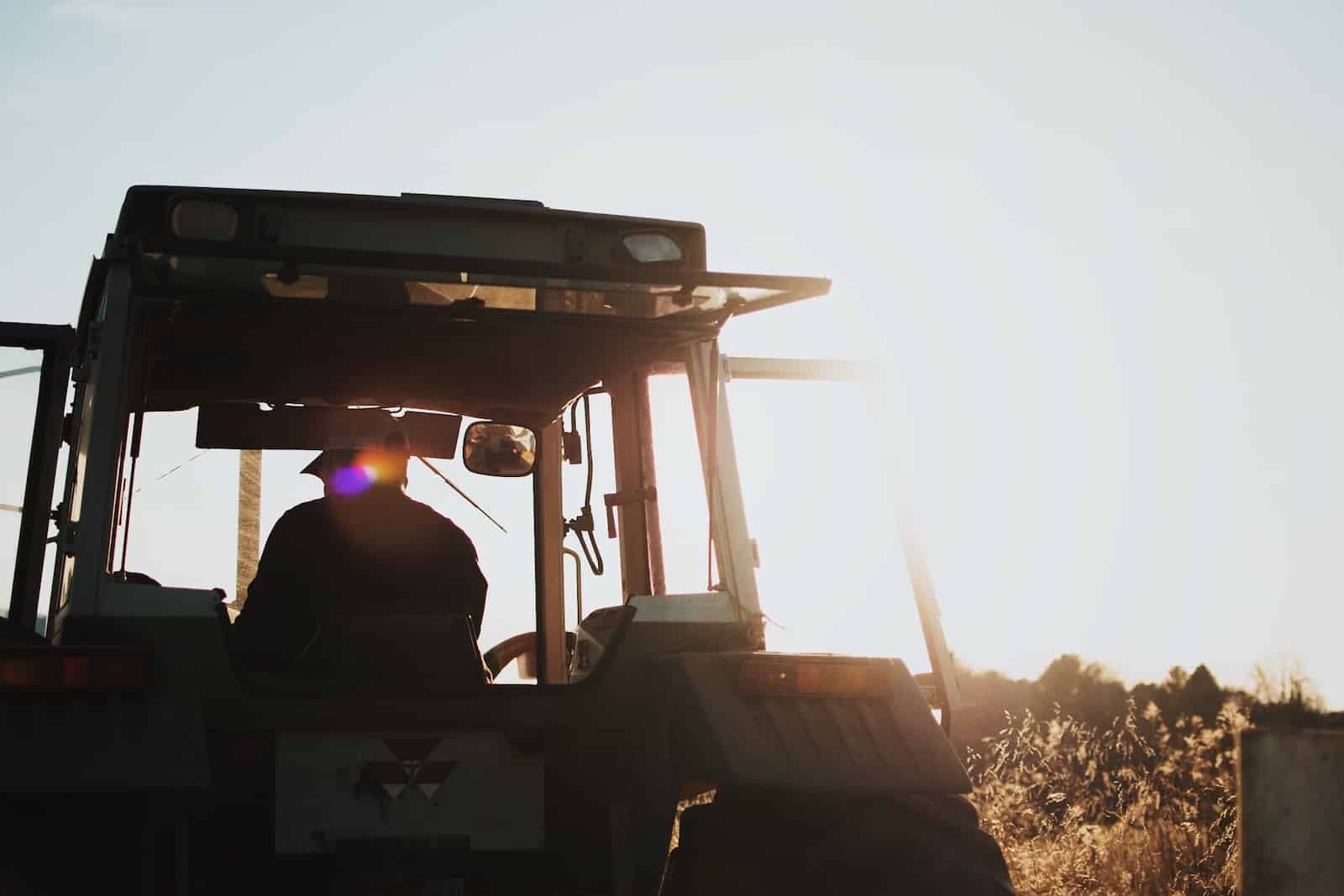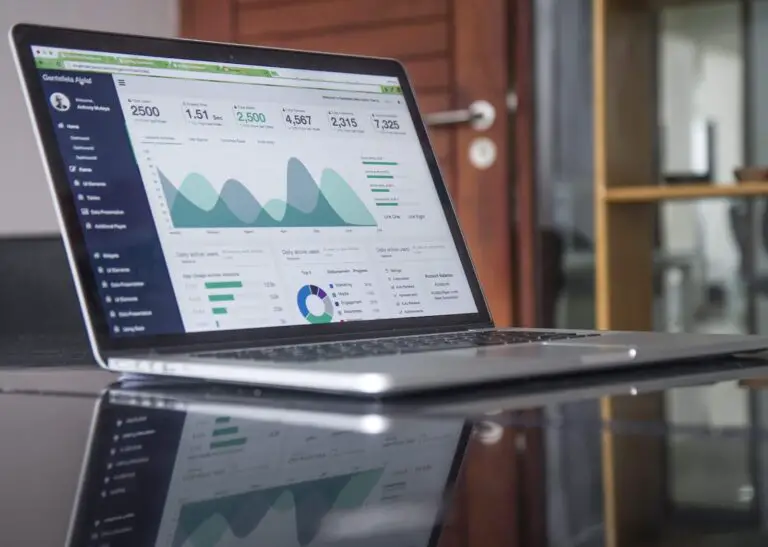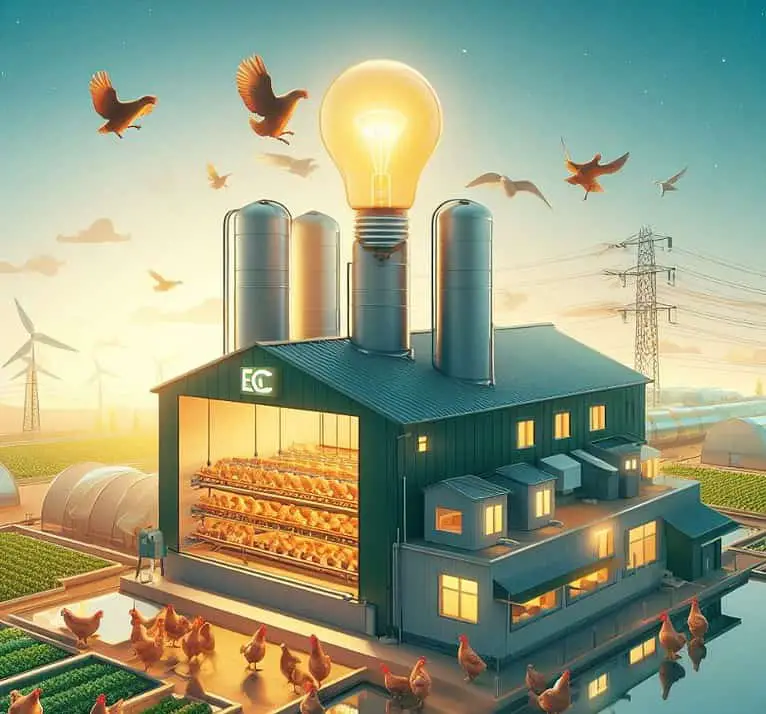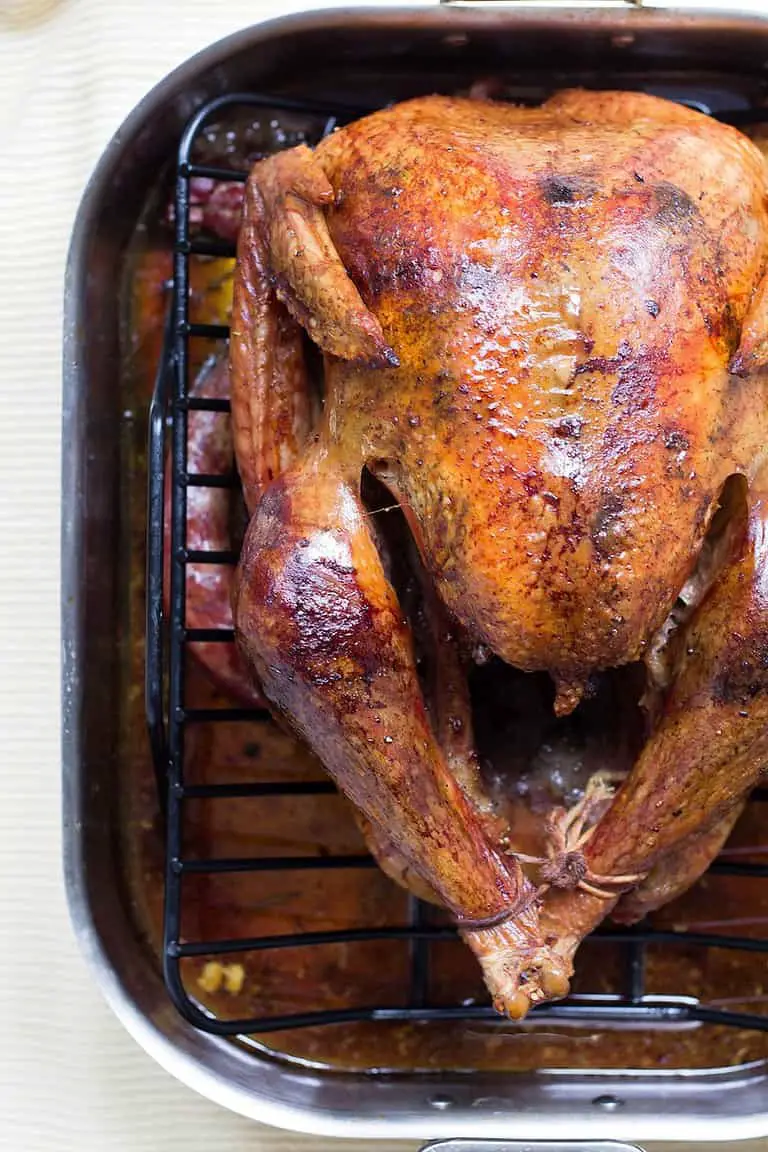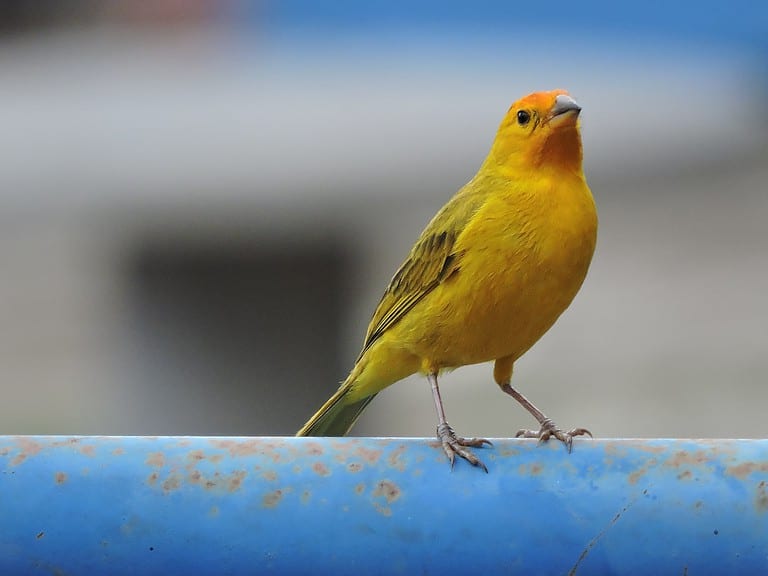Exploring the Latest Technological Innovations in the Poultry Farming Industry
Robotics in Poultry Farming: Revolutionizing Efficiency and Precision
Robotics in poultry farming is revolutionizing the way in which efficiency and precision are achieved in the industry. With the advancements in technology, farmers are able to automate various tasks that were once labor-intensive and time-consuming. This includes tasks such as egg collection, feeding, and even cleaning.
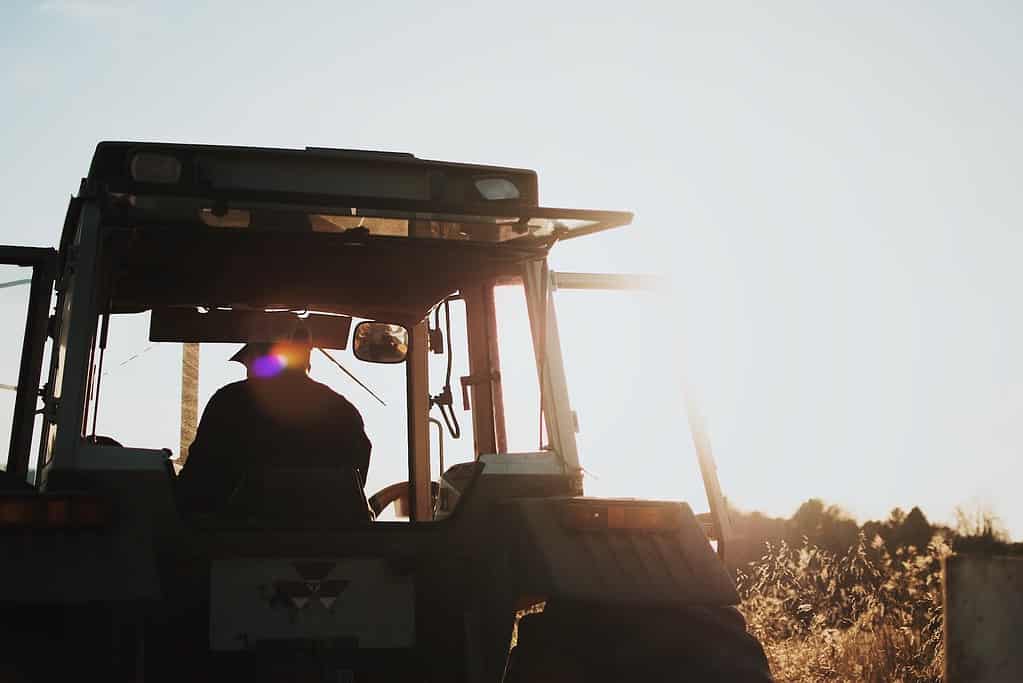
By implementing robotic systems, poultry farmers can significantly reduce the amount of manual labor required to manage their flocks. This not only saves time but also increases productivity and profitability. With automated systems, farmers can ensure that each bird is receiving the right amount of feed and that optimal environmental conditions are maintained within the poultry house.
Precision is also greatly enhanced through the use of robotics in poultry farming. These systems are equipped with sensors and cameras that can monitor and analyze various aspects of poultry production, including bird health, growth rates, and feed consumption. This data can then be used to make informed decisions regarding flock management, feed formulations, and overall farm operations.
Overall, the introduction of robotics in poultry farming has brought about a new era of efficiency and precision in the industry. With the ability to automate tasks and collect valuable data, farmers can now optimize their operations and achieve higher levels of productivity and profitability. As technology continues to advance, we can expect further improvements in the integration of robotics in poultry farming, shaping the future of the industry for the better.
Advanced Data Analytics: Enhancing Poultry Farm Management and Decision Making
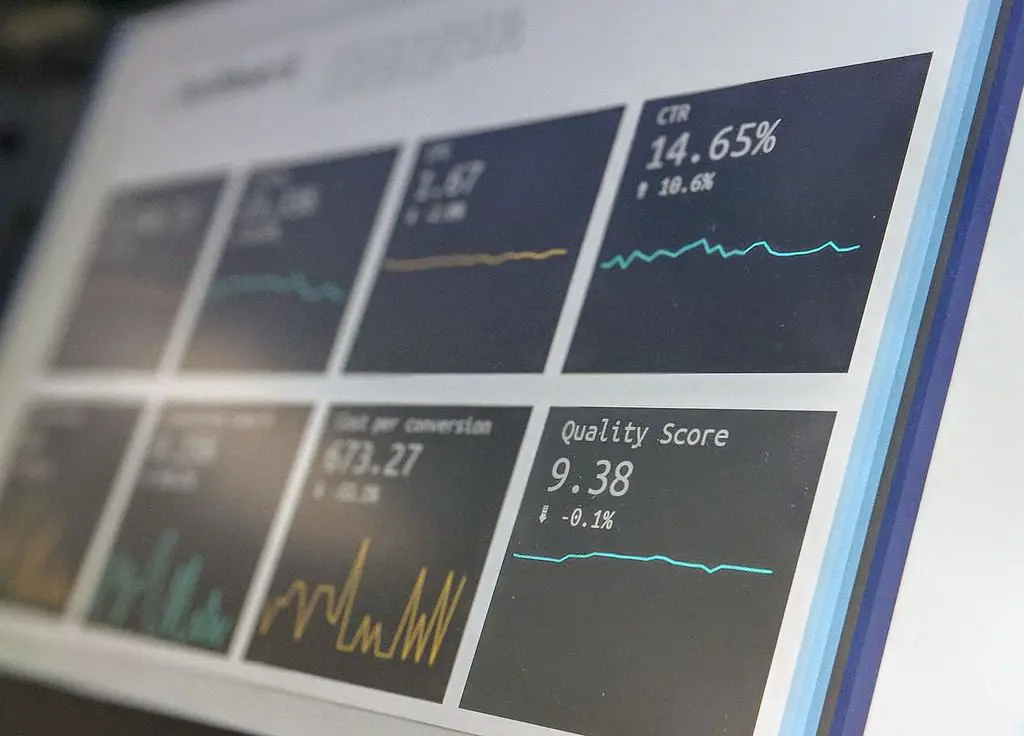
The integration of advanced data analytics in poultry farming is revolutionizing the way farmers manage their farms and make critical business decisions. With the increasing complexities and challenges in the poultry industry, such as fluctuating feed prices, disease outbreaks, and market demands, having access to real-time and accurate data is crucial for effective farm management.
One of the key benefits of data analytics in poultry farming is the ability to analyze and interpret large volumes of data generated from various sources. This includes data on flock management, feed consumption, processing and marketing costs, revenues, and profitability. By leveraging advanced analytics tools, farmers can gain valuable insights into their operations, identify areas for improvement, and make data-driven decisions to optimize profitability and efficiency.
Furthermore, data analytics enables farmers to monitor and analyze specific metrics related to biosecurity, nutrition, disease control, vaccination programs, housing design and management, breed selection, hatchery operations, and waste management. With this information, farmers can proactively address potential issues, implement preventative measures, and ensure optimal conditions for their poultry. By leveraging data analytics, poultry farmers can enhance their overall operation and drive productivity, profitability, and sustainability in the poultry industry.
Automated Feeding Systems: Improving Feed Efficiency and Reducing Waste
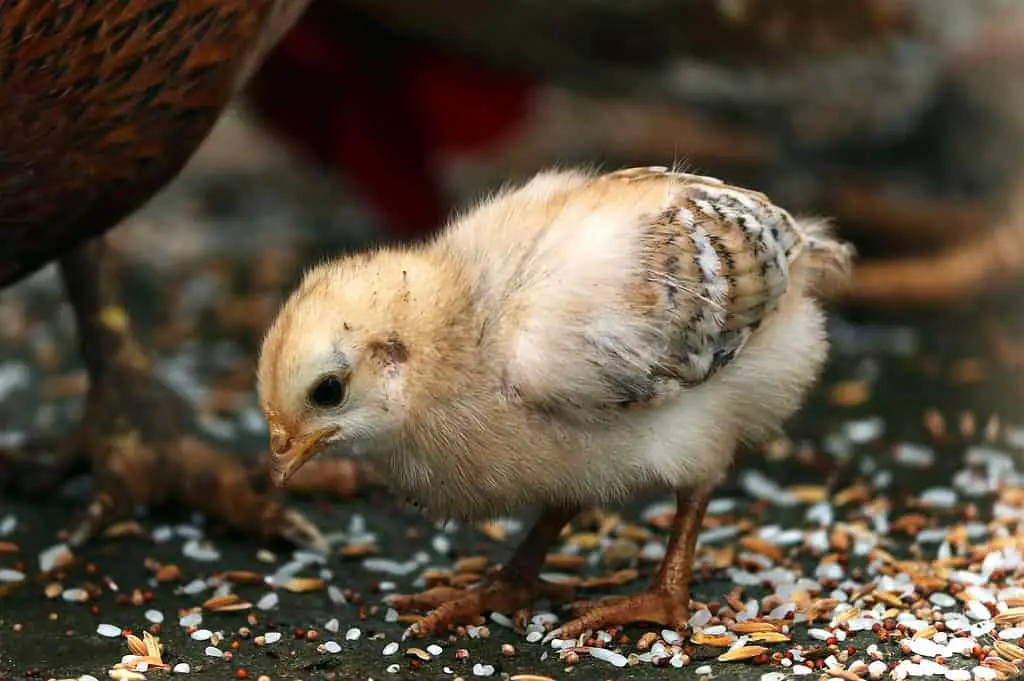
Automated feeding systems are transforming the way poultry farmers manage their flocks. With precise control over feed distribution, these systems significantly improve feed efficiency and reduce waste. By automating the feeding process, farmers can ensure that each bird receives the right amount of feed at the right time, leading to healthier chickens and increased productivity.
One key advantage of automated feeding systems is their ability to accurately monitor and control feed distribution. With sensors and advanced software, these systems can precisely measure and dispense the appropriate amount of feed based on the specific needs of the flock. This not only ensures that each bird receives optimal nutrition but also minimizes feed waste, reducing costs for the farmer.
Additionally, automated feeding systems provide valuable data and insights that can help poultry farmers make informed decisions. By analyzing feed consumption patterns and identifying any variations or anomalies, farmers can adjust their feeding strategies accordingly. This data-driven approach allows for better flock management, improved productivity, and ultimately, increased profitability for the poultry farm.
In conclusion, automated feeding systems play a crucial role in the poultry industry by improving feed efficiency and reducing waste. With precise control and data analytics capabilities, these systems enable farmers to optimize feed distribution, ensure optimal nutrition for their birds, and make informed decisions for better flock management. As the demand for poultry products continues to grow, investing in automated feeding systems is becoming increasingly essential for poultry farmers seeking to enhance their competitiveness and profitability in the market.
IoT Applications in Poultry Farming: Connecting and Monitoring the Farm
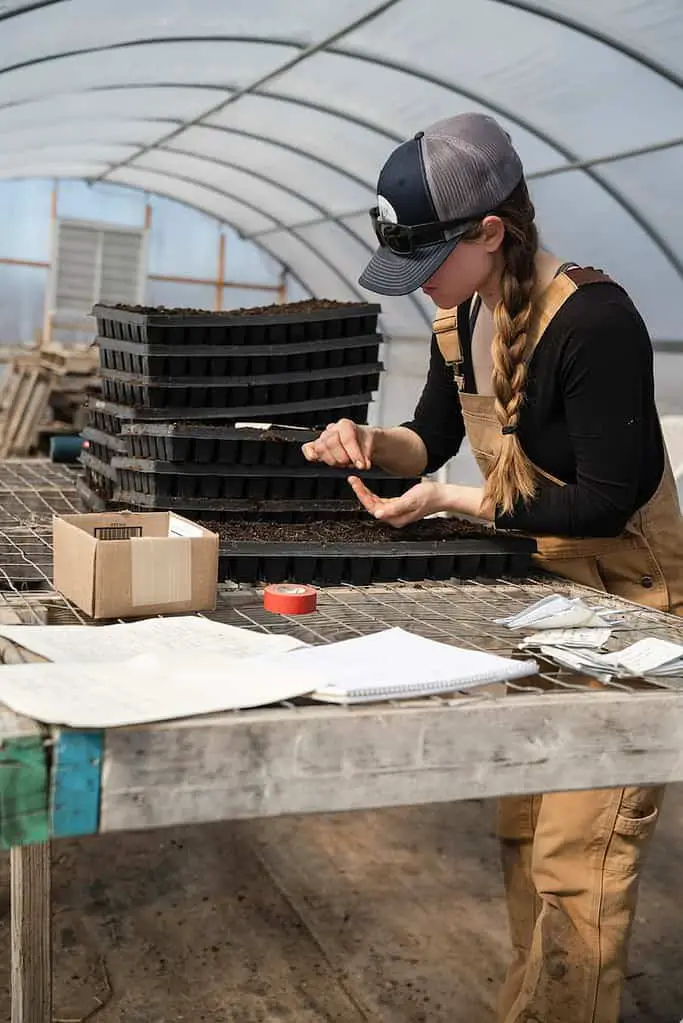
In recent years, the poultry industry has embraced the use of Internet of Things (IoT) applications to enhance connectivity and monitoring on poultry farms. These innovative technologies have revolutionized the way poultry farms are managed, ensuring optimal conditions for the well-being and productivity of the flock.
One key aspect of IoT applications in poultry farming is the ability to connect various devices and systems within the farm. This includes sensors and monitoring devices that collect real-time data on temperature, humidity, ventilation, and water and feed consumption. This data is then transmitted to a central system, allowing farmers to monitor and analyze the information remotely.
By having a comprehensive view of the farm’s conditions, farmers can make data-driven decisions to optimize flock management, feed consumption, and overall farm operations. This level of connectivity eliminates the need for constant physical presence on the farm, while enabling precise monitoring to ensure the best possible outcomes for poultry production.
Moreover, IoT applications also provide valuable insights into the health and well-being of the flock. By utilizing sensors and monitoring devices, farmers can track individual bird movements, behaviors, and vital signs. This allows for early detection of any signs of illness or distress, enabling prompt intervention and preventing potential outbreaks.
Additionally, IoT applications can facilitate the implementation of vaccination programs, ensuring that each bird receives the necessary immunizations at the appropriate time. By effectively monitoring the health of the flock, farmers can significantly reduce the risk of disease and improve overall biosecurity measures.
Overall, IoT applications have transformed poultry farming by connecting and monitoring the farm in ways that were previously unimaginable. This technology not only enhances efficiency and precision but also promotes the well-being and productivity of the flock. As the poultry industry continues to evolve, IoT applications will continue to play a crucial role in maintaining the highest standards of poultry farming.
Genetic Innovations: Enhancing Poultry Health and Productivity
Genetic innovations have played a pivotal role in enhancing the health and productivity of poultry in recent years. With advancements in genetic engineering techniques, chicken breeds have been selectively bred to exhibit traits that contribute to better egg production, growth rates, and disease resistance.
In poultry farming, genetic innovations have greatly benefited both broiler chicken and layer chicken farming. Broiler chicken breeds have been developed to have faster growth rates and improved feed conversion efficiency, resulting in higher profitability for farmers. On the other hand, layer chicken breeds have been selected for their ability to produce a larger number of eggs with consistent quality, optimizing egg production and maximizing revenues.
Moreover, genetic improvements have also focused on enhancing biosecurity, disease resistance, and overall flock management. Through genetic selection, chickens with higher resistance to diseases and better immune systems have been developed, reducing the need for extensive vaccination programs and lowering disease-related costs. Additionally, genetic innovations have aided in the development of specific traits such as stronger bones, improved feed utilization, and stress tolerance, ensuring healthier and more robust poultry.
In conclusion, genetic innovations have significantly contributed to enhancing poultry health and productivity in the poultry industry. Through selective breeding and genetic engineering, chicken breeds have been optimized for improved egg production, growth rates, and disease resistance, benefitting broiler chicken and layer chicken farming. These advancements not only lead to higher profitability for poultry farmers but also contribute to better flock management and biosecurity practices.
Smart Sensors and Monitoring Devices: Ensuring Optimal Conditions for Poultry
Smart sensors and monitoring devices play a crucial role in ensuring optimal conditions for poultry farming. These innovative technologies enable farmers to closely monitor and control various environmental factors that directly impact the health and well-being of the birds.
By strategically placing sensors throughout the poultry farm, farmers can effectively monitor parameters such as temperature, humidity, air quality, and water quality. This real-time data allows farmers to detect and address any potential issues or deviations from the optimal conditions promptly.
For example, if the temperature in the broiler chicken house rises above the recommended range, the sensors will send an alert to the farmer, enabling them to take immediate action to mitigate the heat stress and prevent any adverse effects on the birds’ performance.
In addition to environmental monitoring, smart sensors and monitoring devices also aid in tracking the birds’ behavior and health status. For instance, by utilizing motion sensors, farmers can keep a close eye on the flock’s activity patterns, detecting any indications of disease or distress.
These advanced monitoring systems also allow farmers to automate certain tasks, such as the monitoring of feed and water consumption, ensuring that the poultry receives sufficient nutrition while minimizing waste.
Overall, the integration of smart sensors and monitoring devices in poultry farming brings precision and efficiency to the management of poultry houses. With real-time data and automation capabilities, farmers have the opportunity to optimize the conditions for their flocks, leading to improved productivity, reduced mortality rates, and ultimately, higher profitability in the poultry industry.
- Smart sensors and monitoring devices enable farmers to closely monitor and control environmental factors in poultry farming.
- Sensors can track parameters such as temperature, humidity, air quality, and water quality in real-time.
- Real-time data allows farmers to detect and address potential issues promptly.
- Alerts from sensors help farmers mitigate heat stress or other adverse conditions for the birds’ performance.
- Motion sensors aid in tracking flock behavior patterns and detecting signs of disease or distress.
- Automation capabilities allow for the monitoring of feed and water consumption, optimizing nutrition while minimizing waste.
- Integration of smart sensors brings precision and efficiency to poultry house management.
- Real-time data and automation lead to improved productivity, reduced mortality rates, and higher profitability.
What is the role of robotics in poultry farming?
Robotics in poultry farming revolutionizes efficiency and precision by automating tasks such as egg collection, cleaning, and disinfection, leading to increased productivity and reduced labor costs.
How do advanced data analytics enhance poultry farm management?
Advanced data analytics in poultry farming provide insights into key metrics such as feed consumption, growth rates, and disease patterns, enabling farmers to make informed decisions for improved farm management and profitability.
What are the benefits of automated feeding systems in poultry farming?
Automated feeding systems improve feed efficiency and reduce waste by accurately dispensing the right amount of feed at the right time, leading to optimal growth and reduced feed costs.
How does IoT connect and monitor poultry farms?
IoT applications in poultry farming connect various sensors and devices to a centralized system, allowing farmers to monitor parameters such as temperature, humidity, and ventilation remotely, ensuring optimal conditions for the poultry.
How do genetic innovations enhance poultry health and productivity?
Genetic innovations in poultry farming focus on breeding techniques that improve traits such as disease resistance, growth rate, and egg production, resulting in healthier and more productive poultry.
What is the role of smart sensors and monitoring devices in poultry farming?
Smart sensors and monitoring devices ensure optimal conditions for poultry by continuously measuring parameters such as temperature, air quality, and water consumption, alerting farmers to any deviations that may impact the health and well-being of the poultry.
How do smart sensors help prevent disease outbreaks in poultry farms?
Smart sensors in poultry farms can detect early signs of disease or stress in the poultry, allowing farmers to take preventive measures such as adjusting temperature, improving ventilation, or providing targeted medication to minimize disease outbreaks.
Can smart sensors help improve the welfare of poultry?
Yes, smart sensors enable farmers to closely monitor and control environmental conditions, ensuring that poultry are kept in comfortable and stress-free environments, which ultimately improves their welfare and overall productivity.
How do smart sensors contribute to sustainable poultry farming practices?
Smart sensors help optimize resource usage by providing real-time data on factors such as water and feed consumption, enabling farmers to make informed decisions that minimize waste and promote sustainable practices in poultry farming.
Are smart sensors and monitoring devices cost-effective for poultry farmers?
While the initial investment in smart sensors and monitoring devices may vary, they can ultimately lead to cost savings by improving efficiency, reducing waste, and preventing losses due to adverse conditions or disease outbreaks in poultry farms.

